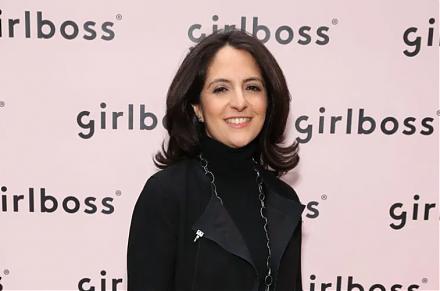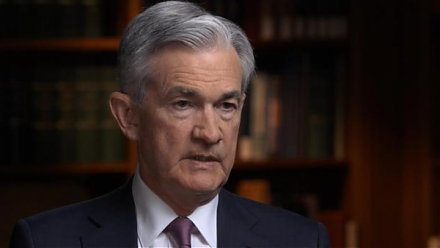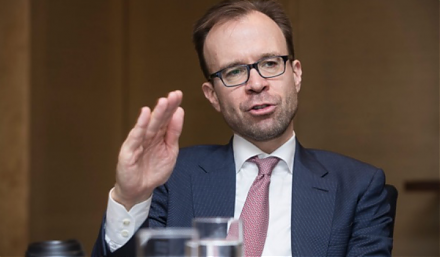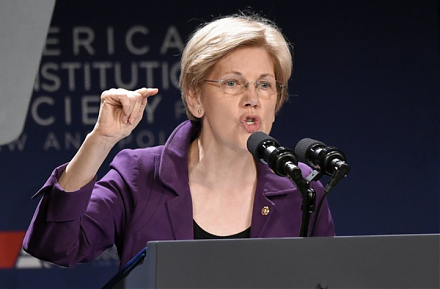

2017-12-07 08:31:00 Thu ET
treasury deficit debt employment inflation interest rate macrofinance fiscal stimulus economic growth fiscal budget public finance treasury bond treasury yield sovereign debt sovereign wealth fund tax cuts government expenditures
Large multinational tech firms such as Facebook, Apple, Microsoft, Google, and Amazon can benefit much from the G.O.P. tax reform. A recent stock research report assumes the effective U.S. corporate income tax rate declines from 35% to 21%-22% in January 2018 with no subsequent changes in international taxes and all other aspects of the U.S. tax legislation. Specifically, Google will receive tax benefits of more than $2 billion in 2018, Facebook expects to attain tax cost reductions of $1.5 billion, and Amazon will enjoy about $1 billion in tax credits. Also, these tech firms plan to expand their capital expenditures with preferential tax provisions in the Trump administration's current tax reform. Overall, these tech firms can expect to achieve hefty tax benefits in the range of $4.5 billion to $5 billion in the 5-year period from 2018 to 2022.
Harvard macrofinance professor Greg Mankiw entertains a key policy question: how much would the average real wage rise for each $1 decrease in the typical firm tax outlay ceteris paribus? The answer is likely to be $1.5 to $2 in real wage terms for each $1 tax cut, or equivalently $4,000 to $ 9,000 per capita per year. Several eminent economists such as Brad DeLong, Larry Summers, and John Cochrane suggest that if we take into account positive externalities and positive returns to the scale of capital usage, the resultant real wage increase can turn out to be higher. An open controversy clouds the fundamental view of whether these massive tax cuts may exacerbate fiscal inequality in America.
If any of our AYA Analytica financial health memos (FHM), blog posts, ebooks, newsletters, and notifications etc, or any other form of online content curation, involves potential copyright concerns, please feel free to contact us at service@ayafintech.network so that we can remove relevant content in response to any such request within a reasonable time frame.
2019-11-21 11:34:00 Thursday ET

Berkeley macro economist Brad DeLong sees no good reasons for an imminent economic recession with mass unemployment and even depression. The current U.S. ec
2019-12-16 11:37:00 Monday ET

America and China cannot decouple decades of long-term collaboration in trade, finance, and technology. In recent times, some economists claim that China ma
2019-03-29 12:28:00 Friday ET

Federal Reserve Chair Jerome Powell answers CBS News 60 Minutes questions about the recent U.S. economic outlook and interest rate cycle. Powell views the c
2020-10-13 08:27:00 Tuesday ET

Agile lean enterprises strive to design radical business models to remain competitive in the face of nimble startups and megatrends. Carsten Linz, Gunter
2018-07-19 18:38:00 Thursday ET

Goldman Sachs chief economist Jan Hatzius proposes designing a new Financial Conditions Index (FCI) to be a weighted-average of interest rates, exchange rat
2018-08-15 14:40:00 Wednesday ET

Senator Elizabeth Warren advocates the alternative view that most U.S. trade deals serve corporate interests over workers, customers, and suppliers etc. She